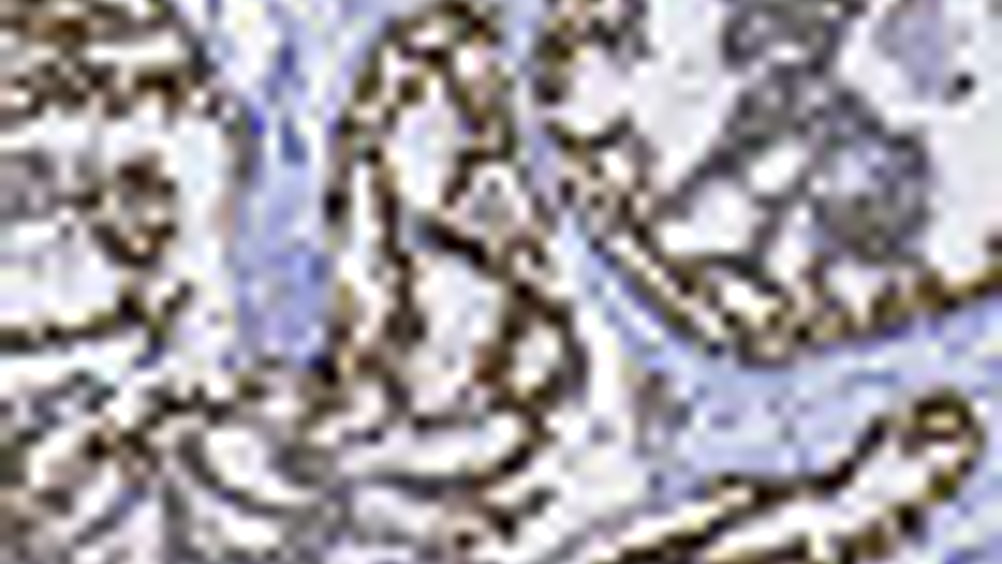Measuring the force of cells
Researchers in Germany have developed a sensor to measure the force with which migrating cells push themselves away from an underlying surface.

Researchers in Jena and Bremen have developed a sensor to measure the force with which migrating cells push themselves away from an underlying surface.
Force analysis devices like these could one day help to identify specific cell types more reliably than conventional methods.
The sensor itself consists of a smooth surface that is studded with 250,000 tiny plastic columns measuring only five microns in diameter.
The columns are made of elastic polyurethane plastic. When a cell glides across them, it bends them sideways, and the deflection is registered by a digital camera and analysed by a software program.
'Analysis of cell locomotion is important for numerous applications,' said project manager Dr Norbert Danz. 'It could be used to check whether bone cells are successfully populating an implant, or how well a wound is healing.'
For his part in the research effort, Dr Danz, from the Fraunhofer Institute for Applied Optics and Precision Engineering in Jena, had the task of adapting a microscope so that it could deliver exactly the right cell magnification for the application.
Register now to continue reading
Thanks for visiting The Engineer. You’ve now reached your monthly limit of news stories. Register for free to unlock unlimited access to all of our news coverage, as well as premium content including opinion, in-depth features and special reports.
Benefits of registering
-
In-depth insights and coverage of key emerging trends
-
Unrestricted access to special reports throughout the year
-
Daily technology news delivered straight to your inbox










CCC Report Finds UK Climate Targets Still Within Reach
In 1990 67% of the UK´s electricity came from coal-fired power stations and even without renewables the transition to gas was a major contributor to...